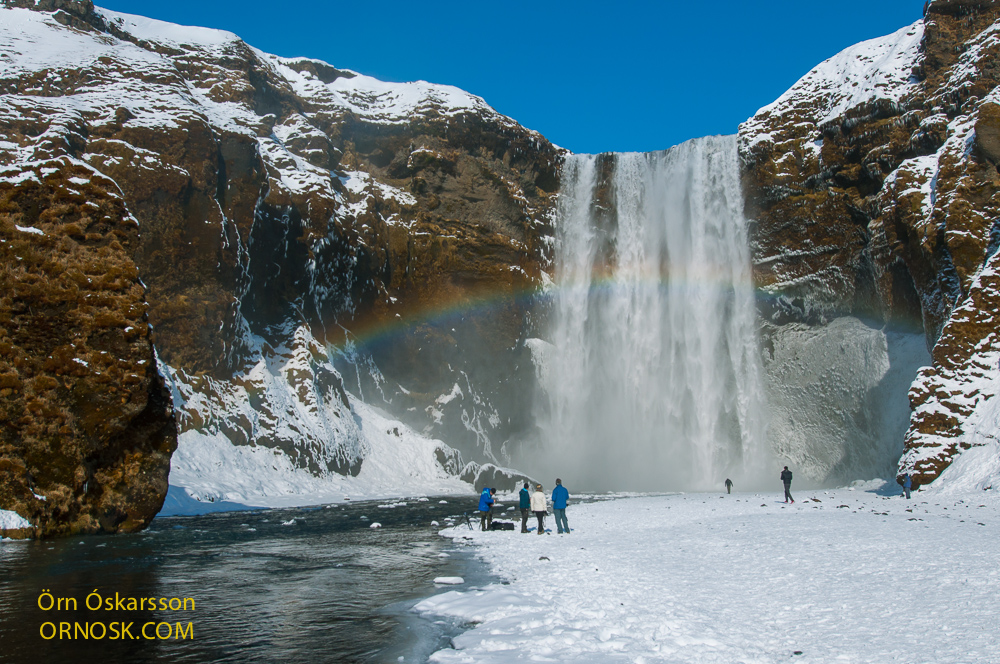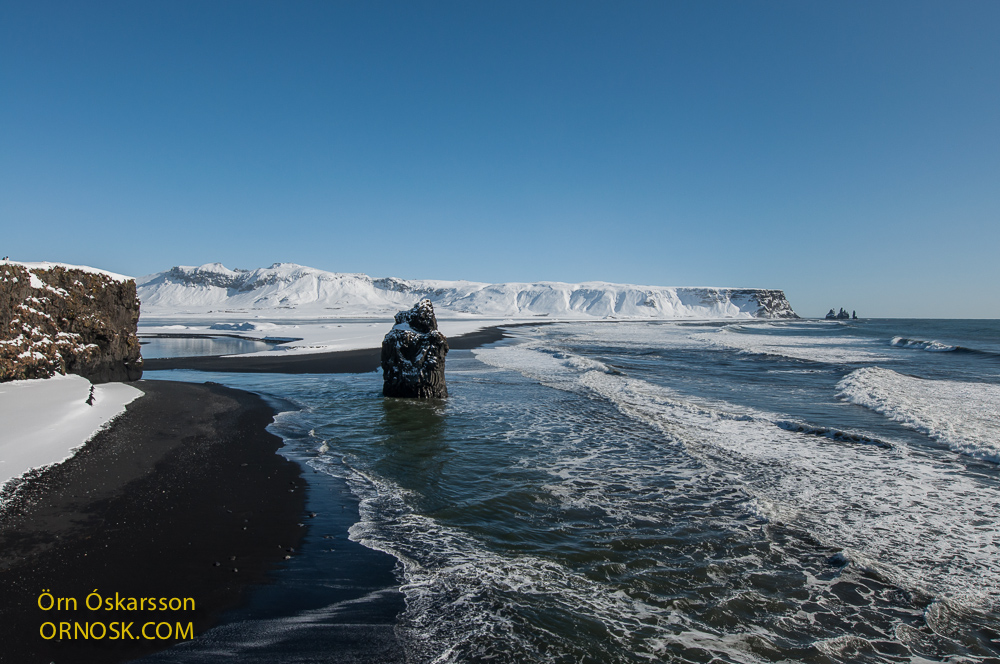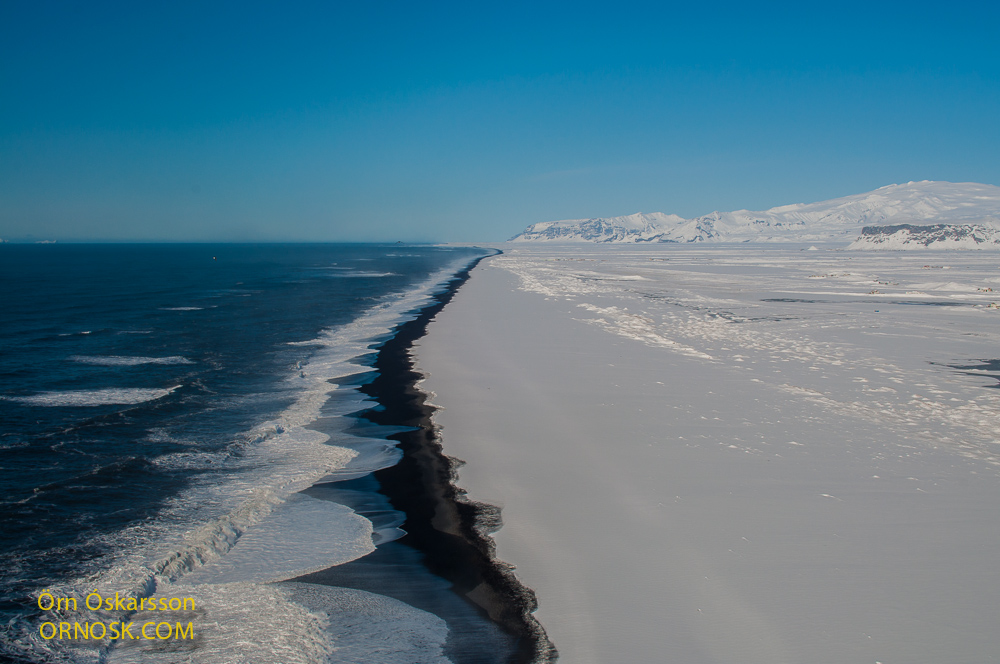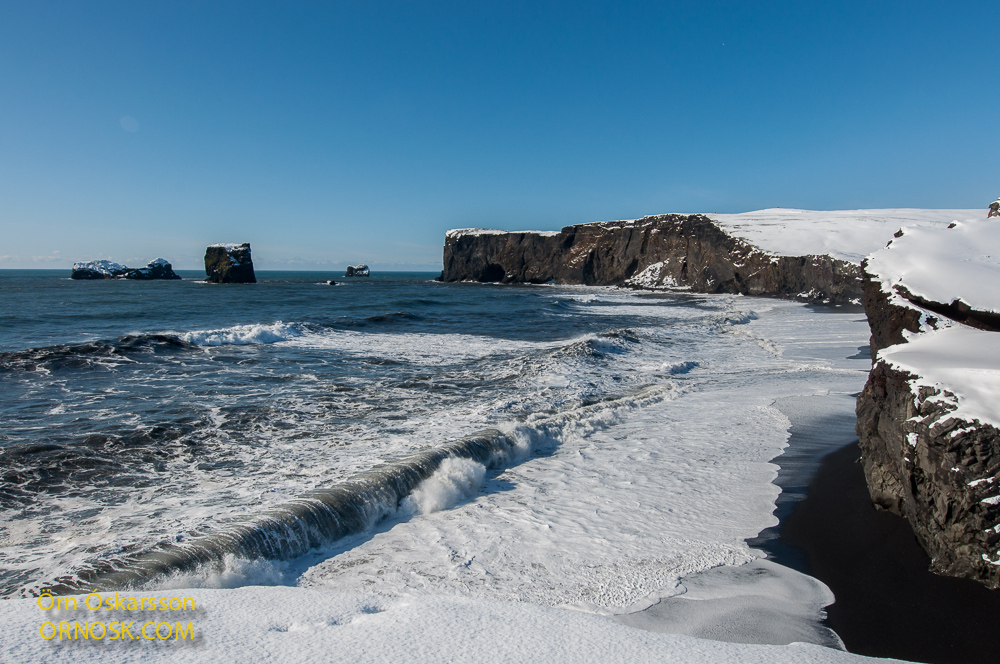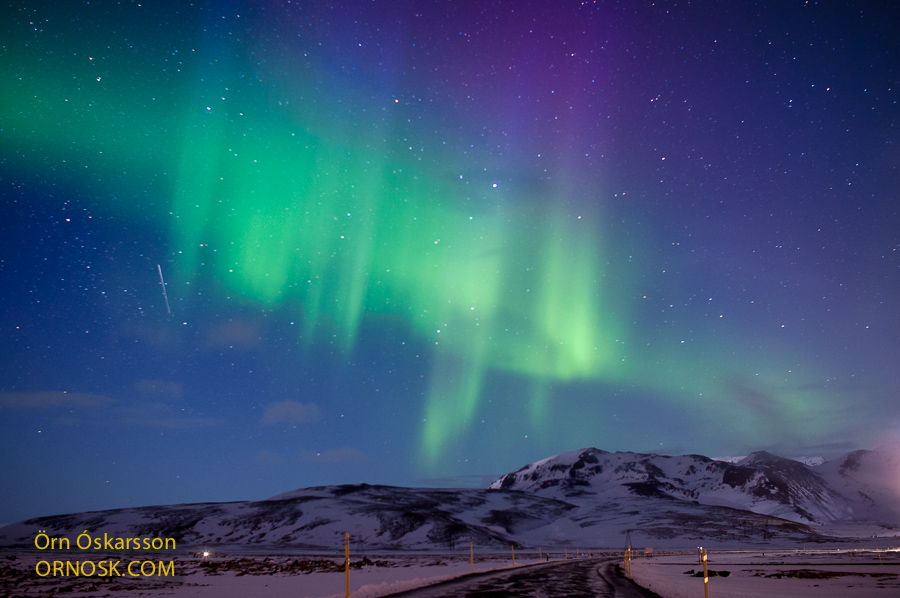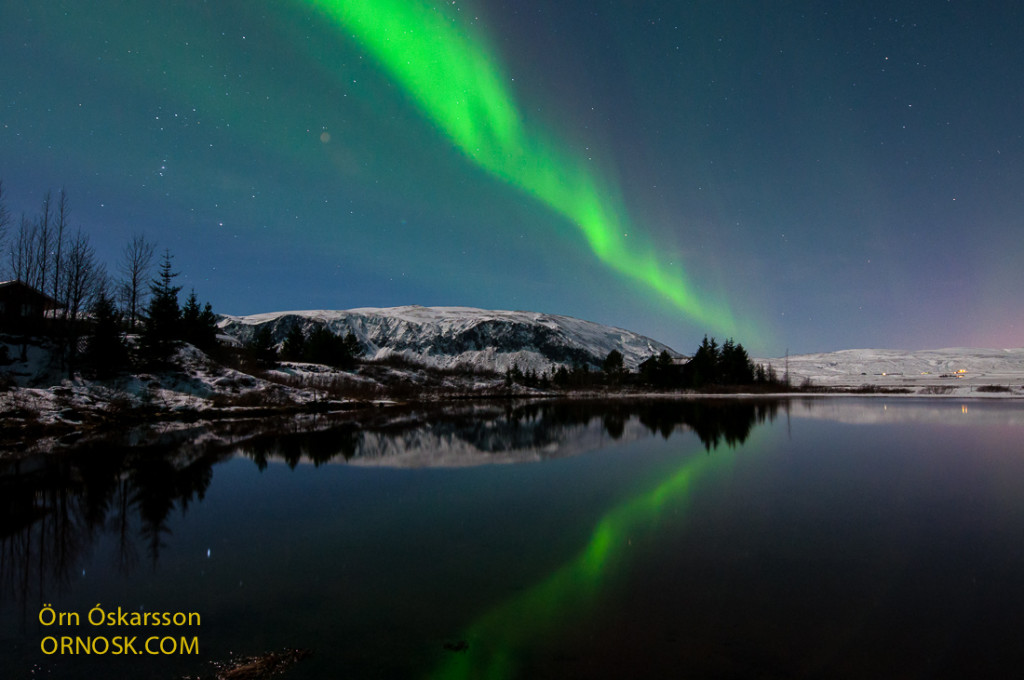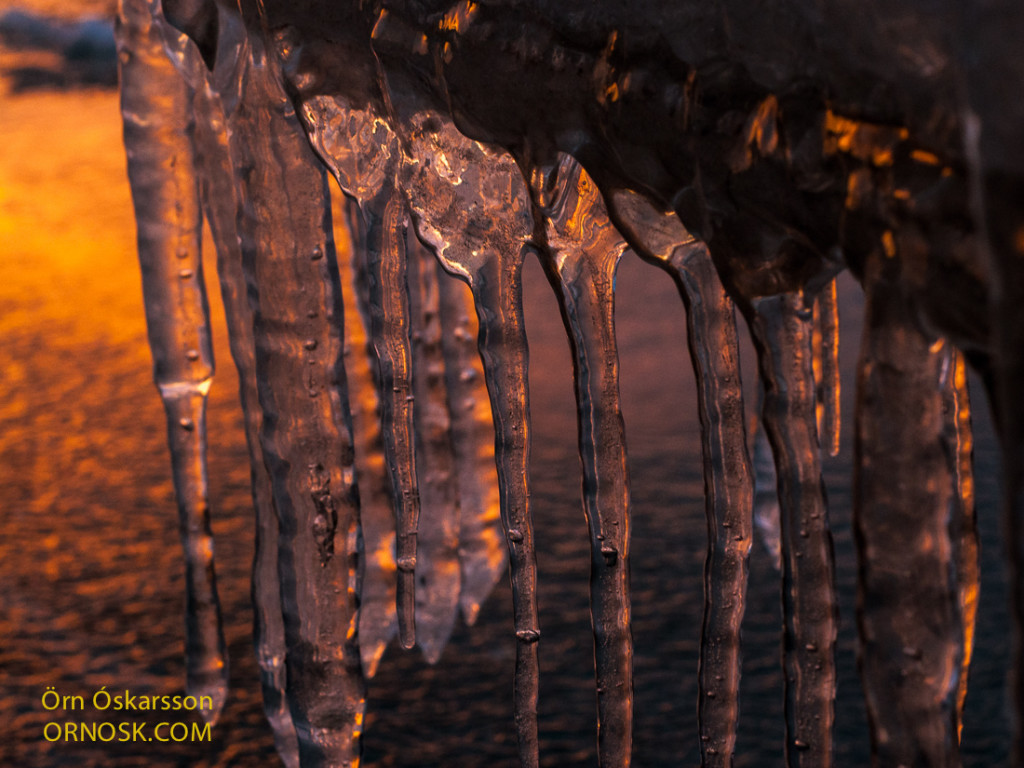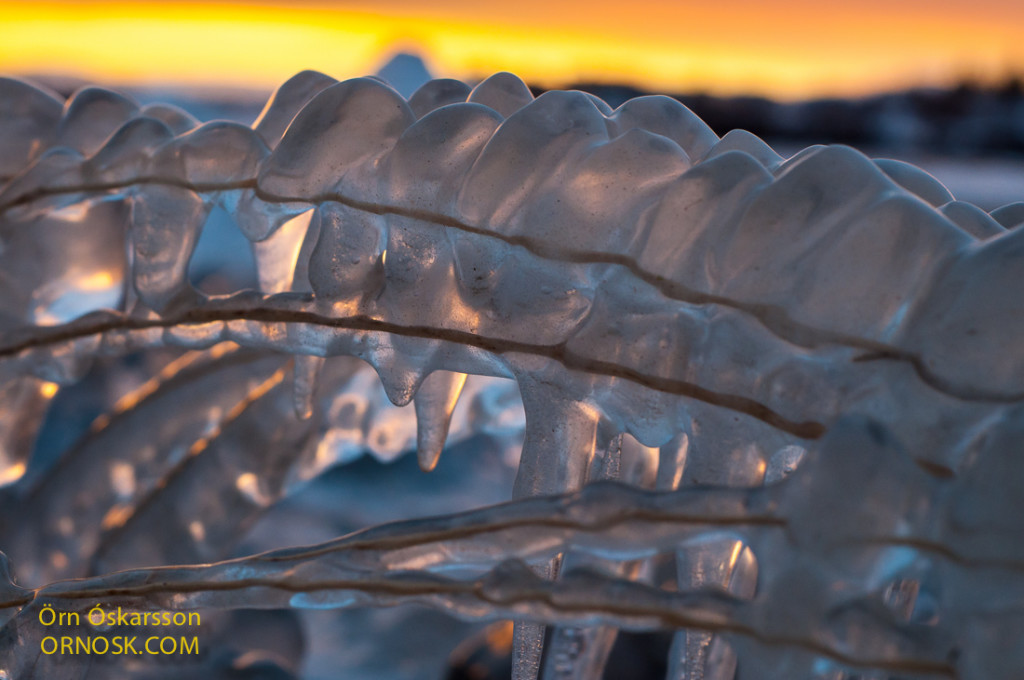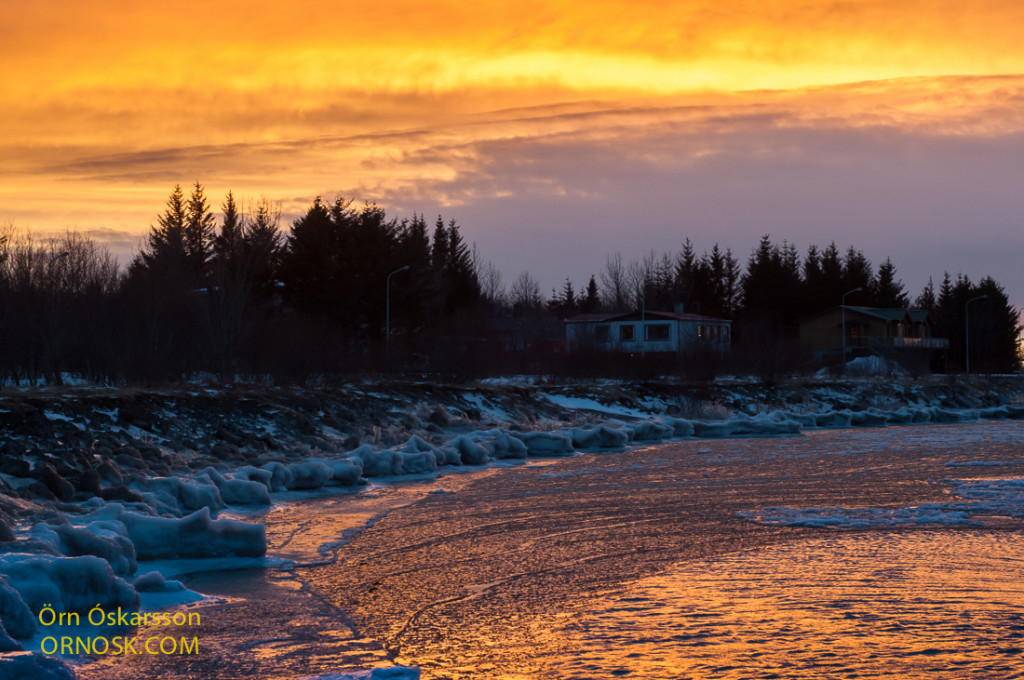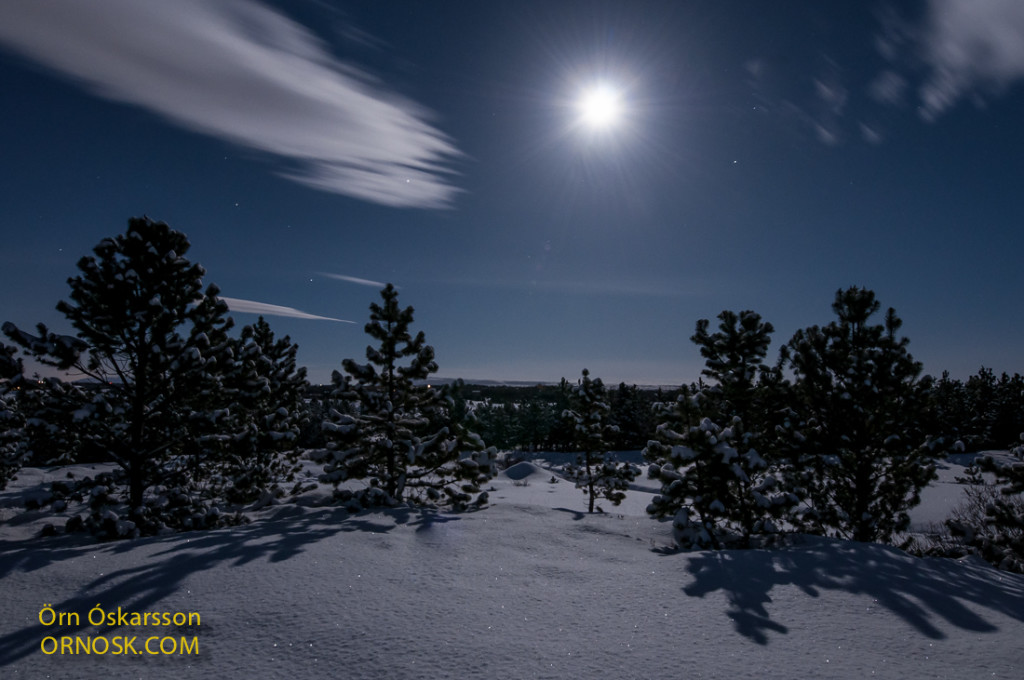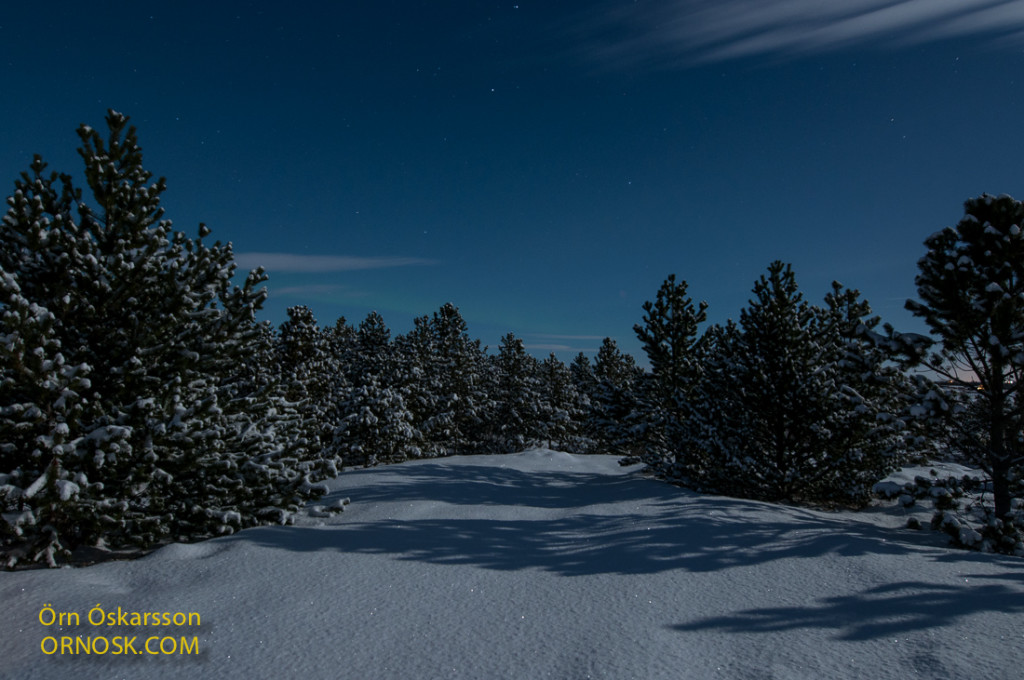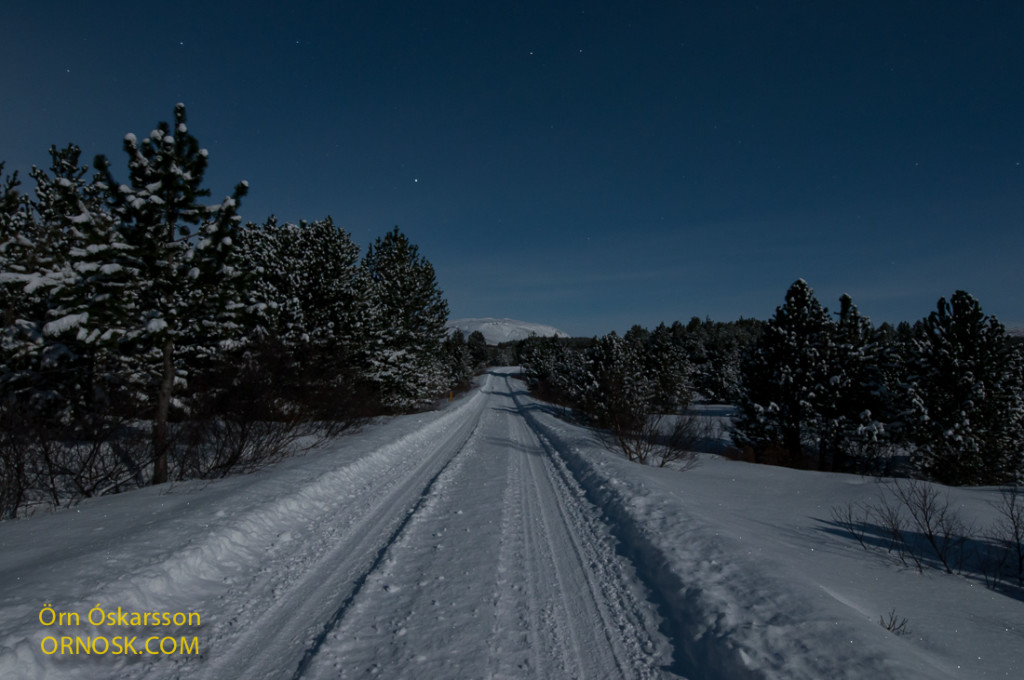On my trip on Monday I stopped at Skógafoss. This waterfall is one of the most frequented tourist attractions in the south of Iceland.
Category Archives: Landscape
Dyrhólaey – a cliff island
I had the day off from work and decided to make use of the beautiful weather. The clear blue skies and snow covered ground gave an excellent opportunity to have an outing after the dark and cold winter.
Here are a few photoes from yesterday taken in the South, in Dyrhólaey. You can see the Atlantic Ocean and Dyrhólaey, which is almost an island, jutting out to the sea. Now there is a road so you can drive there even when the tide is in. The view from this cliff island is magnificent and to the east you can see all the way to Reynisfjara and Reynisdrangar, out in the sea.
The coastline seen from Dyrahólaey to the west.
The waves reach the coast, view to Dyrahólaey.
Auroras in the evening March 25
Beautiful Monday morning
Last night’s outing
Last night we had some clear skies and I just couldn’t stay indoors. Some Northern lights were predicted and despite the cold I went out of town with my camera. I met some like-minded people, among them an American pair that had just come for a 5 days stay in Iceland with the aim of seeing the Northern lights. Yes, I am not the only one who is mesmerised by these natural phenomena.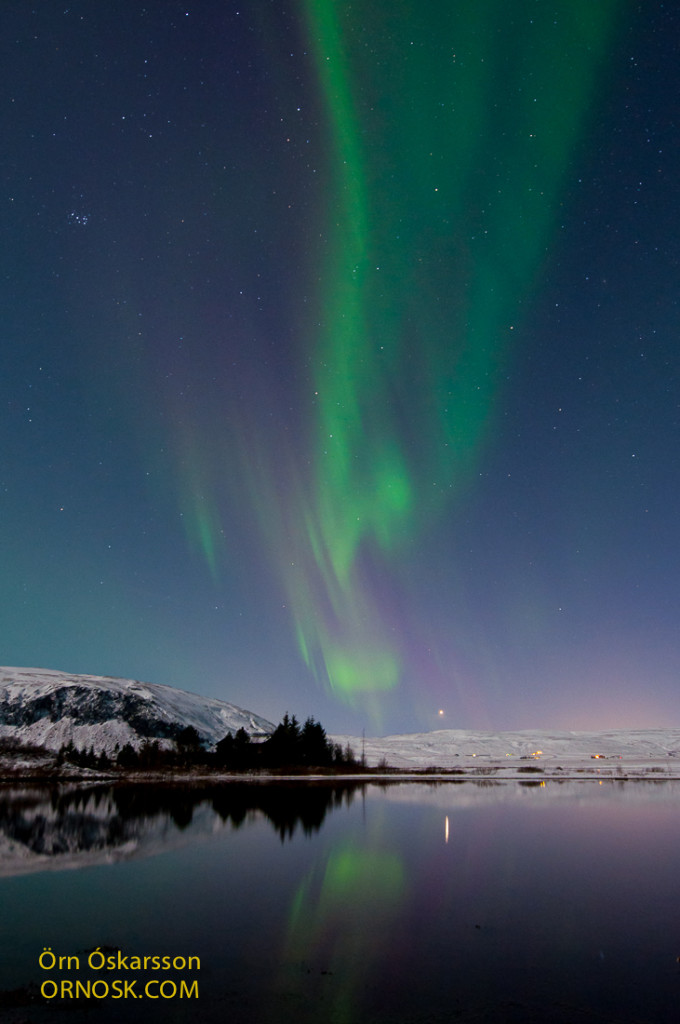
Catching the Northern lights on camera is an endless challenge for me. Here’s what came out of last night’s outing.
Ice Structures
The ice structures after the storm are like some work of art where the the waves have washed ashore. It was especially beautiful in the evening twilight.
February brings us longer days
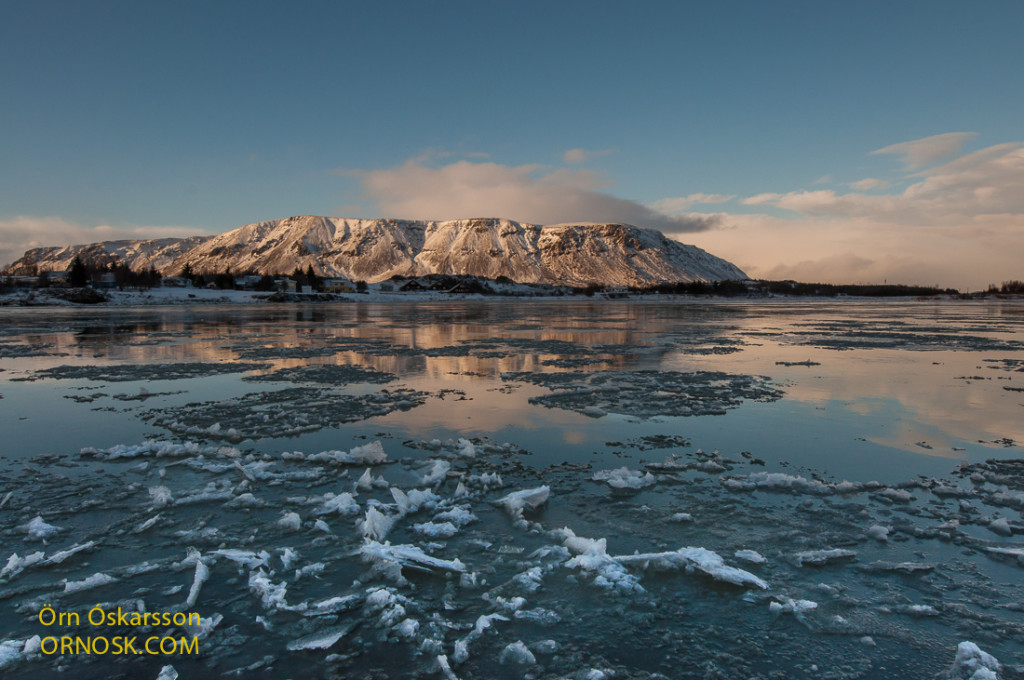
The days are getting longer and although summer is still a long way off we have begun to think of spring. It’s time to start preparing by sowing summer plants and vegetables. The Icelandic summer is so short that to secure a harvest in the autumn preparations have to begin early. That will be this weekend’s project 🙂
Full Moon
There is no denying that winter is the most beautiful season of all,
–at least some of the time 🙂
A full moon occurs every 28 – 30 days.
Full Moon on February 2, 2015. Nikon D90 + Nikkor 14-24mm
Great Northern Diver / Common Loon
The Great Northern Diver is a characteristic bird on Icelandic mountain lakes. You can hear its a special laughing call on the lakes and in flight its wailing calls resound in rocks and craters, creating an unforgettable atmosphere, memories of quiet summer nights. In USA it is called the Common Loon but in UK it is called the Great Northern Diver.
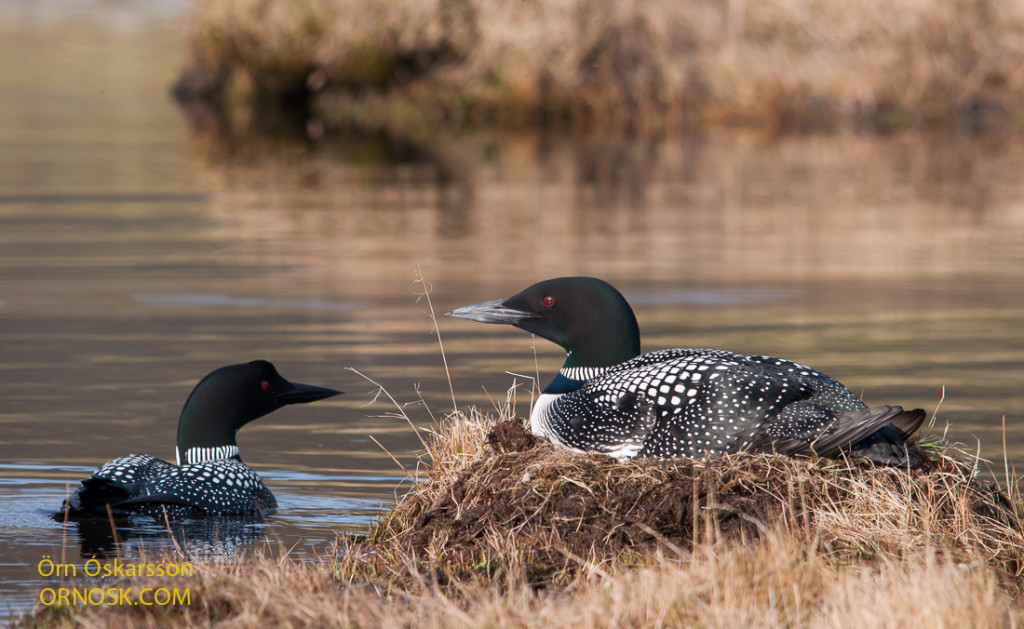
The Great Northern Diver chooses its nesting place on islands or islets or else by the banks of the lakes. The nests are most often in moss or grass but sometimes on sandy lakeshores. The nests are usually about 1 – 2 meters from the water level. The eggs are usually two.
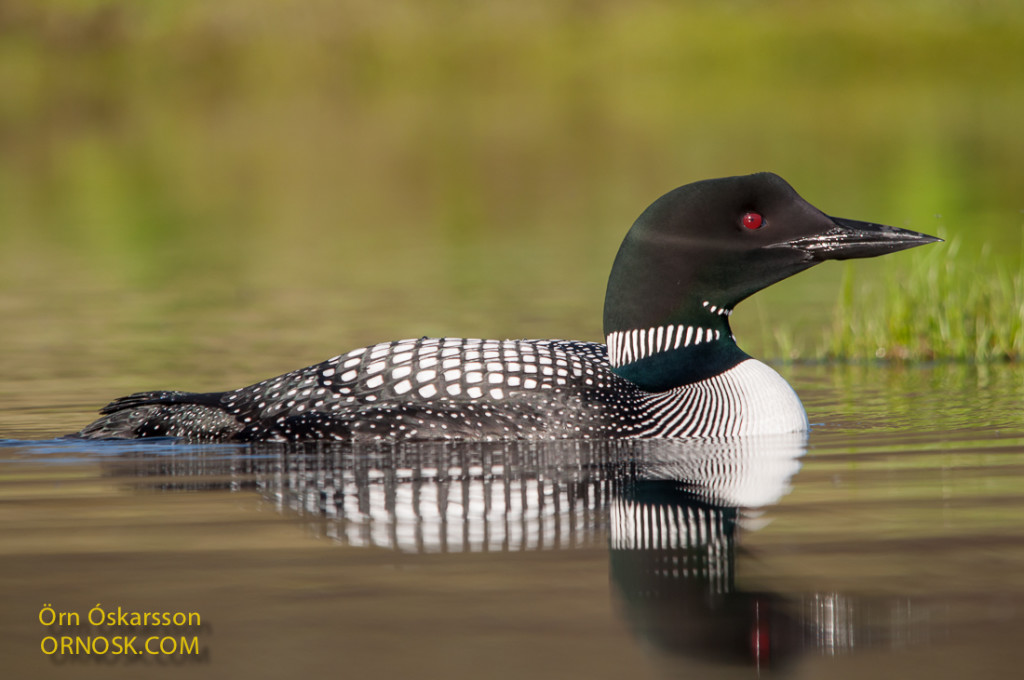
Big clear mountain lakes full of fish are the Great Northern Divers favourite nesting place. Their main food source is trout. There is usually just one pair on each lake unless the lake is very big.
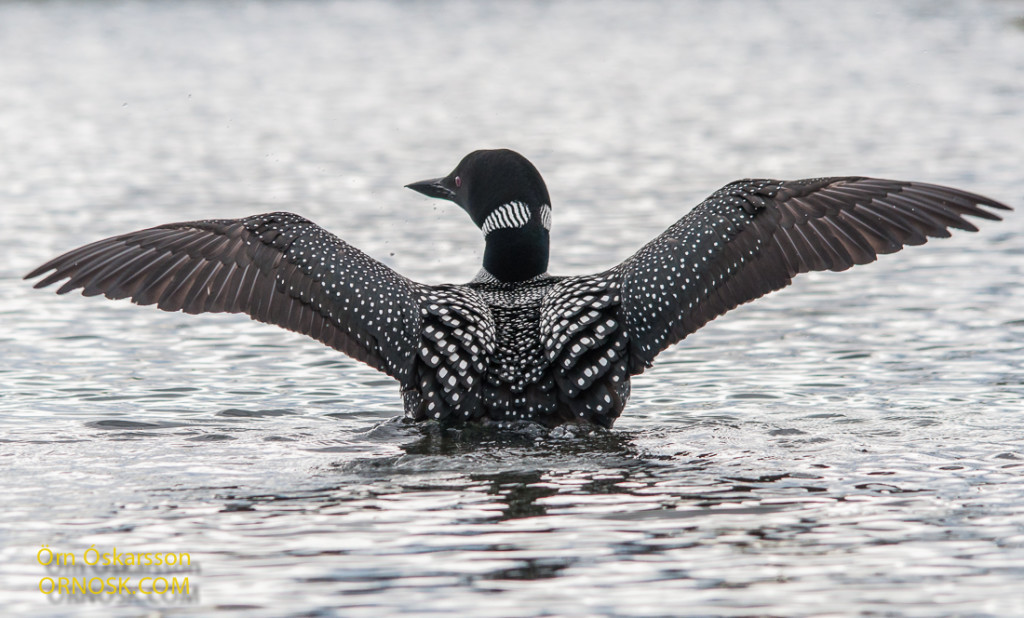
A nesting pair usually claims a whole lake as its territory and makes sure that no one gets too near and uses force to keep other Divers away.
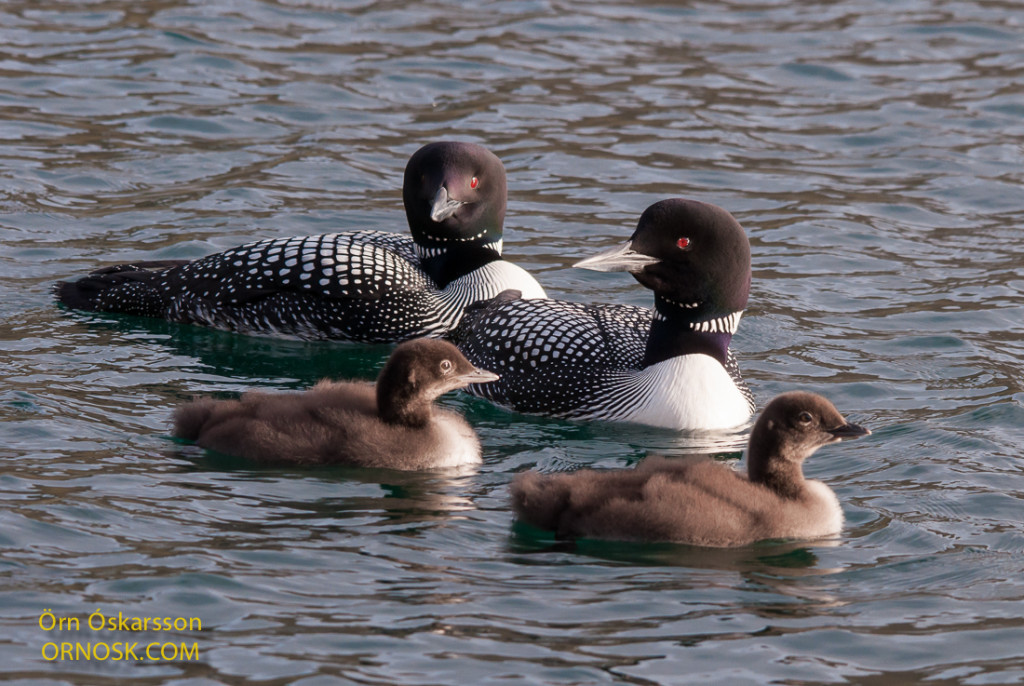
Most Great Northern Divers stay in the ocean around Iceland over the winter time, a few go to the UK or West Europe.

There are around 300 breeding pairs in Iceland and it is the Great Northern Divers only nesting place in Europe.
Iceland’s most common Gull
The Kittiwake (Rissa tridactyla) is Iceland’s most common Gull and the most dominant bird in cliff colonies and the ocean around the island. The Kittiwake is a loud bird and mostly responsible for the loud buzz in bird colonies. The breeding population is around 530,000 pairs but their numbers are decreasing due to a decline in krill, its main food source, in the ocean.

This photo of a Kittiwake pair is taken in Látrabjarg, Westfjords, Iceland.
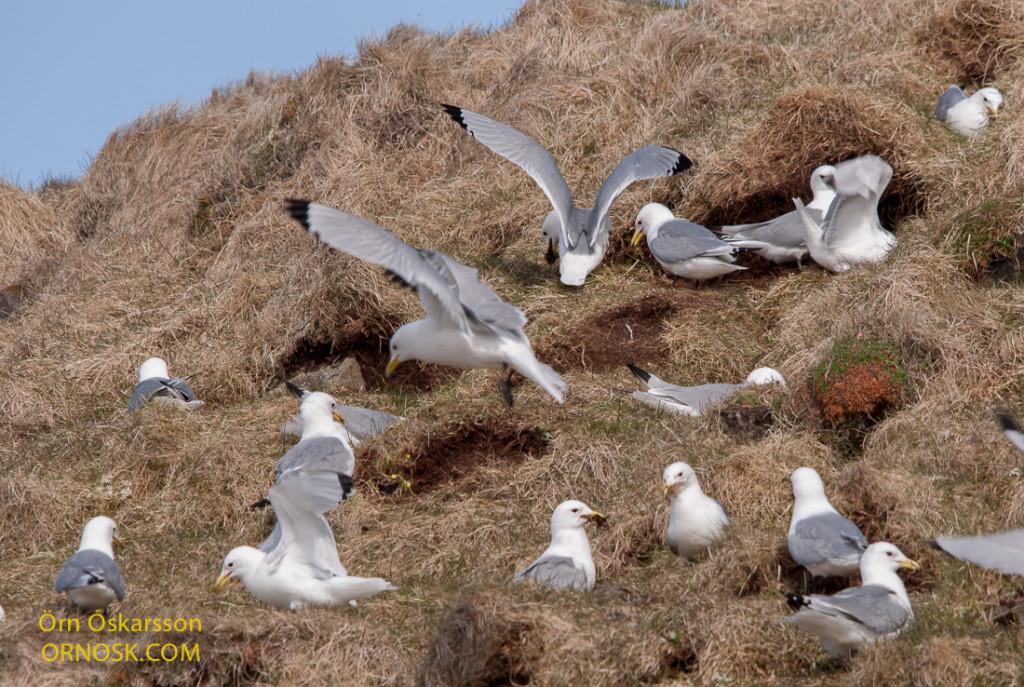
Kittiwakes gathering nesting material in the moorland above the cliff.
Látrabjarg is one of the biggest Kittiwake habitats in Iceland. Kittiwakes breed there in dense settlements along with Razorbills, Guillemots, Brunnichs Guillemots, Fulmars and Puffins.


